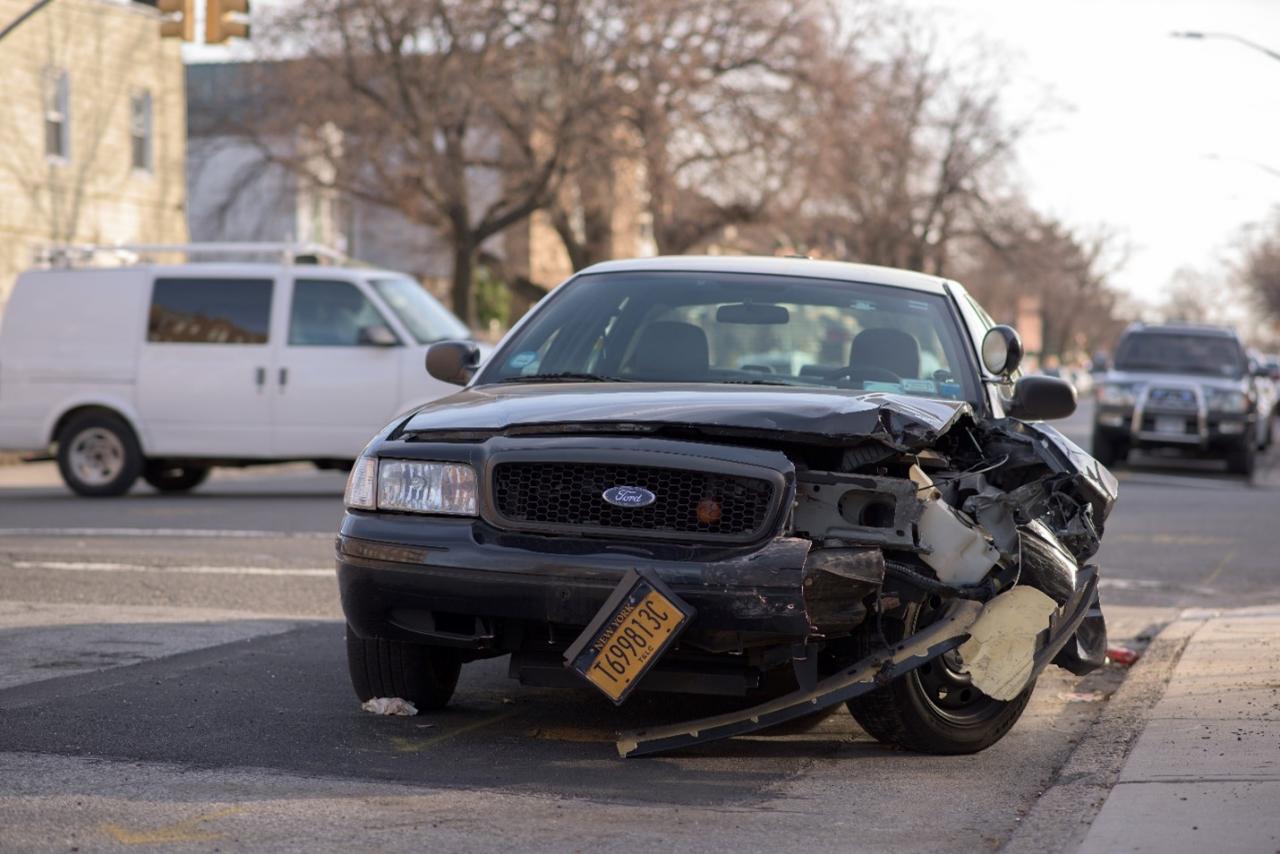Finding the right car insurance for you is based on your needs and you might need to consider full coverage car insurance. Before committing to this type of car insurance plan, it’s best to know the basics of full coverage insurance to determine whether this is the right plan for you.
It’s best to start with the basics of understanding full car insurance coverage that can be confusing to start with as full coverage insurance doesn’t really exist. Insurance companies might offer full coverage with customers thinking they’ll fully cover any auto repair cost but only get a little financial assistance.
Everyone has different assets that need to be protected with different financial priorities with the result of a particular mix of insurance coverage depending on their lifestyle. As everyone has different financial situations, this is what can determine what full coverage is best for your own needs.
There are six common types of car insurance that will be listed from most common to least common. Liability is the one type of insurance required for all drivers to carry that protects other people when you’re responsible for an accident, pays medical bills, and covers the cost of repairs for damaged vehicles or property.
Collision insurance covers your vehicle in the event of an accident even if you’re at fault. This type of insurance is commonly required for getting a car lease or loan but is optional otherwise.
Comprehensive insurance protects your car against non-accident damage that is the result of natural accidents such as falling objects, natural disaster damages, or theft. Comprehensive insurance is commonly purchased in combination with collision insurance.
The underinsured/uninsured motorist coverage protects you if you’re harmed by a driver who doesn’t have enough insurance to cover all of your losses. This type of insurance can vary depending on where you live that can also be required for you to have it even if it’s optional. This coverage is very affordable and provides important protection for you.
Some rely on car insurance to help with medical-related costs depending on the severity of the accident that can rack up a ton of medical debt. Personal Injury Protection (PIP) coverage, also called no-fault insurance, can help pay off accident-related medical bills ensuring medical bills get paid in a timely manner no matter who is at fault.
PIP coverage can also help cover other expenses such as childcare, funeral, and lost income. PIP insurance is mandatory in 15 states but offers the service in states where it isn’t required for drivers to have.
Certain states require a different form of insurance for medical expenses known as Medical Payments Coverage (MedPay) which is similar to PIP coverage but is more limited in scope. Unlike PIP, this coverage won’t pay for lost income or other non-medical expenses but will cover accident-related medical bills for you and your passengers. MedPay provides insurance coverage by paying any co-pays or deductibles.
To have full coverage that’s best for you, start by getting the minimum insurance coverage required by the state you live in and add more liability insurance that is within your budget. This will give you a starting point to prioritize different types of supplemental insurance based on the value of your vehicle and what kind of health insurance you carry.
This is a starting point of finding the right policy for full coverage for you and can help you navigate the tricky progress of finding the right insurance plan. The research for this article was sourced from Verge Campus and One Life Brokerage.

